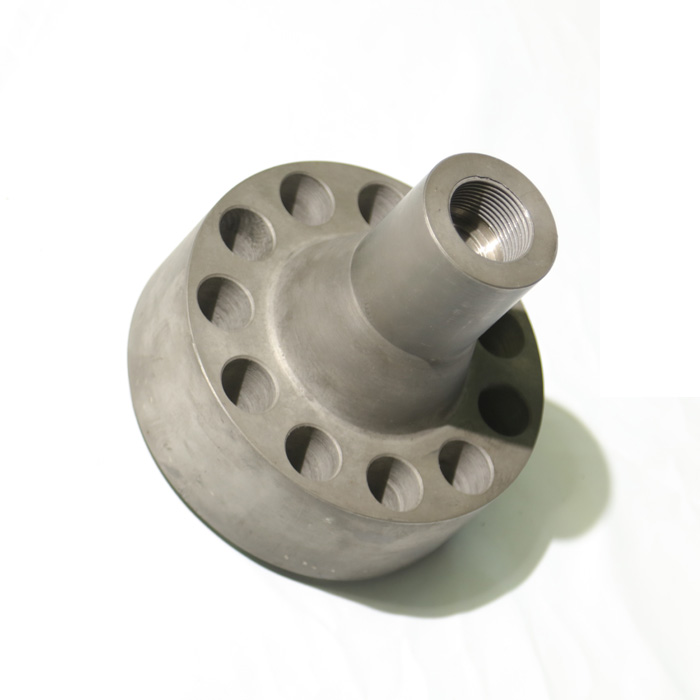Here's an overview of barrel end caps and their functions
2024-04-02
Barrel end caps are components used in various industrial applications, particularly in machinery and equipment where cylindrical barrels or tubes are utilized. Here's an overview of barrel end caps and their functions:
1. Function: Barrel end caps are used to seal the ends of cylindrical barrels or tubes, providing closure and protection to the contents within. They help contain liquids, gases, or solid materials, preventing leaks, spills, contamination, or damage.
2. Construction: Barrel end caps are typically made from durable materials such as metals (e.g., steel, aluminum, stainless steel), plastics (e.g., polyethylene, PVC), or composites. The choice of material depends on factors such as the intended application, environmental conditions, chemical compatibility, and required strength.
3. Design: Barrel end caps come in various designs and configurations to suit different barrel sizes, shapes, and sealing requirements. They may have flat, domed, or threaded surfaces and may feature additional components such as gaskets, O-rings, or seals to ensure a tight and secure closure.
4. Attachment: Barrel end caps are attached to the barrel or tube using various methods, including threading, welding, adhesive bonding, or mechanical fastening (e.g., screws, bolts). The attachment method depends on factors such as the material of the end cap and barrel, the level of sealing required, and the operating conditions.
5. Sealing: Barrel end caps play a crucial role in maintaining a seal at the ends of barrels or tubes, preventing the ingress or egress of fluids, gases, or contaminants. Effective sealing is essential to ensure the integrity of the contents within the barrel and to comply with safety, regulatory, or quality standards.
6. Protection: In addition to sealing, barrel end caps provide protection to the ends of barrels or tubes, shielding them from physical damage, corrosion, or environmental hazards. They help prolong the service life of the barrel and ensure the safe handling and transport of its contents.
7. Customization: Barrel end caps can be customized to meet specific requirements, including variations in size, shape, material, and surface finish. Custom-designed end caps may incorporate features such as handles, flanges, or ports for added functionality or convenience.
8. Applications: Barrel end caps are used in a wide range of industries and applications, including manufacturing, transportation, construction, agriculture, pharmaceuticals, chemicals, and more. They are commonly found in equipment such as barrels, drums, tanks, containers, pipes, and industrial machinery.
In summary, barrel end caps are essential components that provide sealing, closure, and protection to cylindrical barrels or tubes in various industrial applications. Their design, material, and attachment method are selected based on specific requirements to ensure reliable performance and compliance with operational and safety standards.



